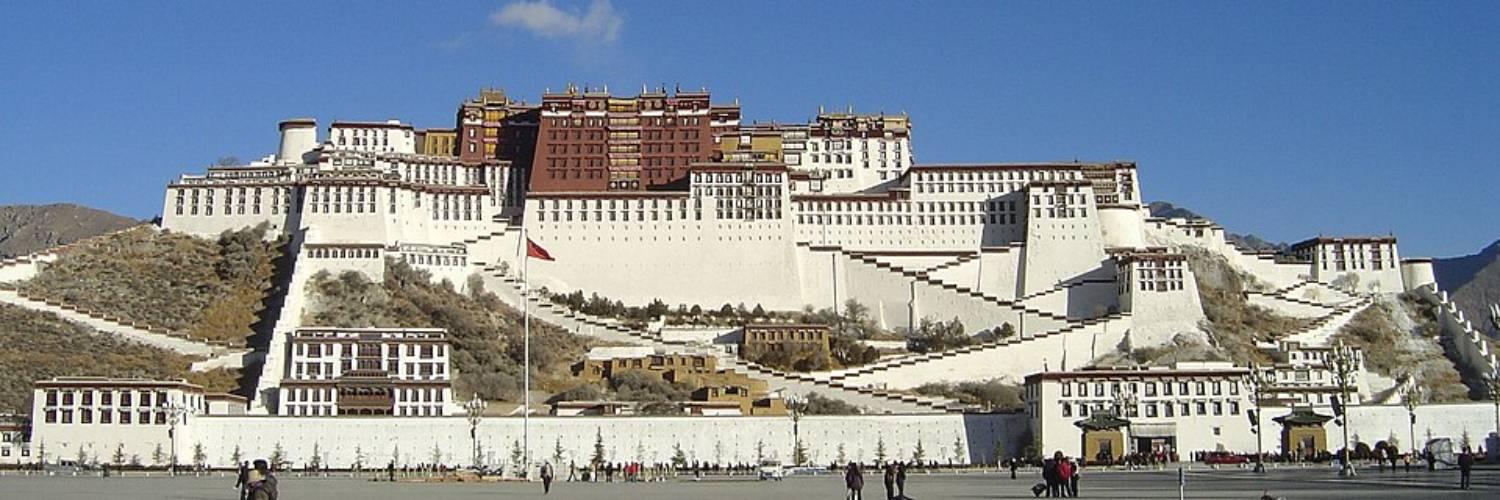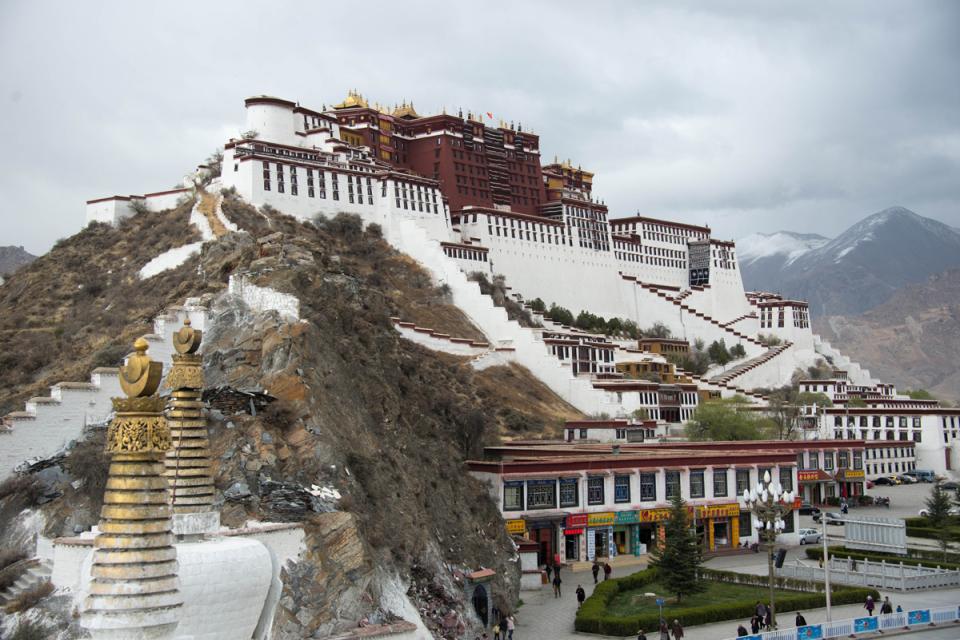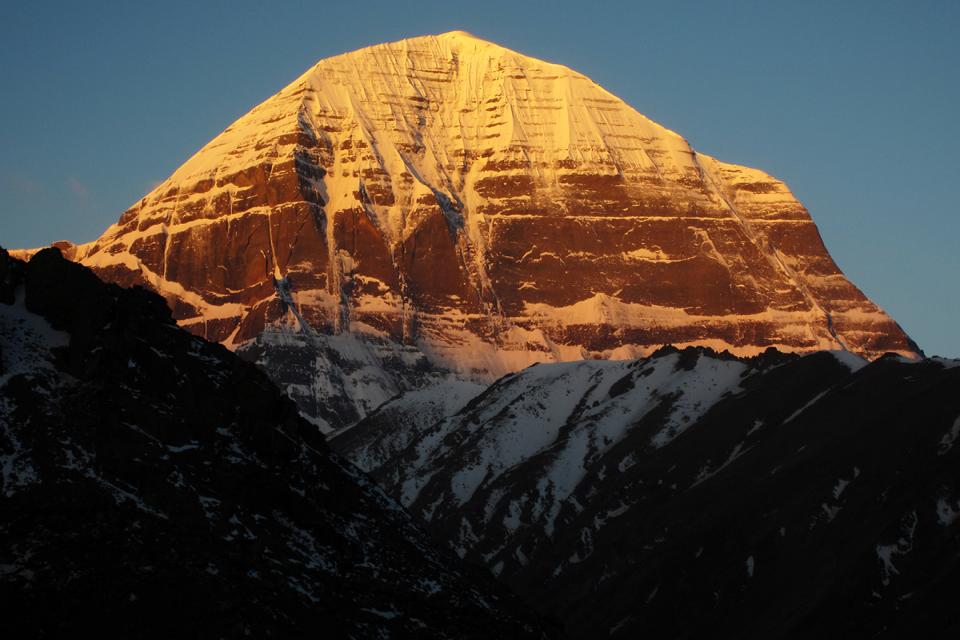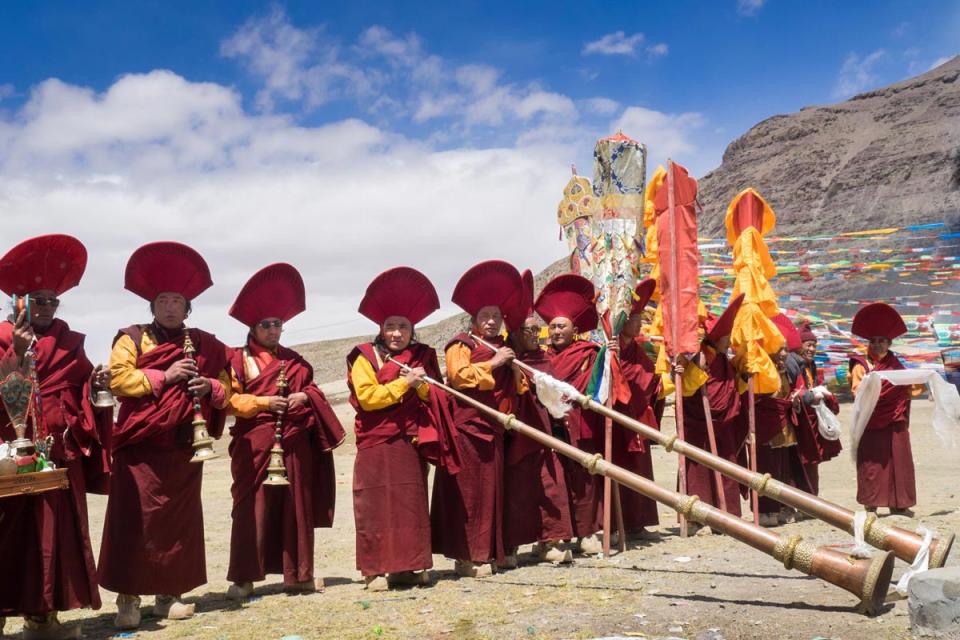Tibet, often called the Roof of the World, is a land of breathtaking mountains, ancient monasteries, and rich spiritual traditions. Visiting Tibet is a dream for many travelers, whether you’re drawn to the towering Himalayas, the sacred city of Lhasa, or the unique Tibetan culture. However, planning a trip to Tibet requires careful preparation, understanding travel regulations, permits, costs, and cultural etiquette. This guide provides a comprehensive practical overview for anyone planning a trip to Tibet and explains how Best Heritage Tour can help make your journey seamless, safe, and unforgettable.
Why Visit Tibet?
Tibet is unlike any other destination in the world. Its unique combination of spiritual heritage, natural beauty, and high-altitude adventure makes it an exceptional travel experience:
-
Spiritual Landmarks: Jokhang Temple, Potala Palace, and Sera Monastery provide deep insights into Tibetan Buddhism.
-
Breathtaking Landscapes: Mount Everest, Yamdrok Lake, and vast Tibetan plateaus offer unparalleled scenic beauty.
-
Cultural Immersion: Traditional Tibetan festivals, prayer wheels, and local lifestyle offer travelers an authentic cultural experience.
Because Tibet has unique entry requirements and travel regulations, it is essential to plan in advance and understand what to expect.
Costs of Visiting Tibet
Visiting Tibet is not like traveling to most countries; it is a controlled tourism region, and travelers must account for permits, guide fees, and transportation costs. Here’s a practical breakdown:
1. Visa and Permits
-
Chinese Visa: Required for all international travelers to enter Tibet via China. Cost varies depending on nationality and visa type, generally $50-$140 USD.
-
Tibet Travel Permit: All foreign visitors need this permit to enter Tibet. It typically costs $50-$70 USD, included in most tour packages.
-
Additional Permits: Depending on your itinerary, additional permits may be required for restricted areas, such as Mount Everest Base Camp or Namtso Lake. Cost: $20-$50 USD.
2. Tour Package Costs
Independent travel in Tibet is not allowed for foreigners; you must book with a licensed agency. Tour packages vary based on itinerary, duration, and services:
-
Standard Lhasa Tours (5-7 days): $500-$800 USD per person.
-
Lhasa + Everest Base Camp (10-12 days): $1,200-$1,800 USD per person.
-
Luxury Packages: $2,000+ USD per person, including private transport, accommodations, and guide services.
Best Heritage Tour provides tailored Tibet packages that include all permits, transport, guides, and accommodation, ensuring a hassle-free journey.
3. Accommodation Costs
-
Budget Hotels/Guesthouses: $20-$50 USD per night.
-
Mid-Range Hotels: $50-$120 USD per night.
-
Luxury Hotels: $150-$300+ USD per night.
4. Food and Daily Expenses
-
Meals: $5-$15 USD per meal in local restaurants.
-
Snacks & Drinks: $1-$5 USD.
-
Tips & Miscellaneous: Budget $5-$10 per day.
Total Estimated Cost for a 7-10 Day Trip: $700-$2,000 USD depending on travel style and package inclusions.
Travel Permits and Regulations
Visiting Tibet requires several permits due to its unique administrative and political status. Understanding these requirements is crucial for a smooth trip.
1. Tibet Travel Permit
-
Mandatory for all foreign travelers entering Tibet.
-
Required for airport, train, or land entry.
-
Must be obtained via a licensed travel agency like Best Heritage Tour.
2. Alien Travel Permit
-
Required for travelers visiting areas outside Lhasa, such as Shigatse, Gyantse, or Mount Everest Base Camp.
-
Cost: Usually included in tour packages.
3. Military or Restricted Area Permits
-
Some regions, like the northern border areas or Namtso Lake, require additional permits.
-
Must be arranged in advance with an authorized travel agency.
Tip: Always carry a printed copy of your permits; local authorities may request them at checkpoints.
Best Time to Visit Tibet
Choosing the right season can significantly enhance your travel experience:
-
Spring (March-May): Moderate temperatures, blooming rhododendrons, clear skies.
-
Autumn (September-November): Best for trekking and sightseeing; clear views of Himalayan peaks.
-
Summer (June-August): Warm but rainy; risk of landslides in some regions.
-
Winter (December-February): Cold with snow-covered landscapes; some passes may be closed.
For first-time visitors, spring and autumn are highly recommended for comfortable weather, clear mountain views, and festival experiences.
Cultural Etiquette in Tibet
Tibet is a deeply spiritual region with strict cultural norms. Respecting local customs is essential:
1. Religious Etiquette
-
Always walk clockwise around stupas and temples.
-
Avoid touching or climbing on sacred statues.
-
Photography inside temples often requires permission.
2. Respect Local Traditions
-
Dress modestly; shoulders and knees should be covered when visiting religious sites.
-
Greet locals with a polite nod or gesture.
-
Avoid political discussions about Tibet; focus on cultural appreciation.
3. Festivals and Public Behavior
-
Participate respectfully in festivals like Losar (Tibetan New Year) or Shoton Festival.
-
Keep noise levels low in monasteries and meditation areas.
Tip: Your behavior affects not only your experience but also helps preserve Tibetan culture.
Transportation Options in Tibet
1. By Air
-
Flights to Lhasa Gonggar Airport from Chengdu, Beijing, or Kathmandu.
-
Offers the fastest and most comfortable entry into Tibet.
2. By Train
-
Qinghai-Tibet Railway is a scenic route from China to Lhasa.
-
Duration: 36-48 hours depending on departure city.
3. Local Transport
-
Private vehicles: Recommended for flexibility; included in most tour packages.
-
Buses & taxis: Limited in remote areas; less convenient for foreign travelers.
Booking with Best Heritage Tour ensures private, comfortable transport with experienced drivers who understand local roads and altitude considerations.
Health and Safety Tips for Tibet Travel
Tibet’s high altitude and remote location require extra precautions:
-
Acclimatize Slowly: Spend at least 1-2 days in Lhasa before ascending to higher altitudes.
-
Stay Hydrated: Altitude and dry climate can cause dehydration.
-
Medication: Carry Diamox or consult a doctor for altitude sickness prevention.
-
Travel Insurance: Essential for medical emergencies, evacuation, or trip delays.
-
Food and Water Safety: Stick to bottled water and freshly cooked meals.
Why Book Tibet Tours with Best Heritage Tour
Traveling to Tibet independently is impossible for foreign tourists due to permit restrictions. Best Heritage Tour provides comprehensive support for a safe, enriching, and hassle-free trip:
-
All-Inclusive Packages: Permits, accommodation, meals, transport, and guide services.
-
Expert Guides: Knowledgeable in culture, history, and high-altitude travel.
-
Customized Itineraries: Tailored to interests, duration, and travel style.
-
24/7 Support: Ensures safety and convenience throughout your journey.
With Best Heritage Tour, your Tibet trip is seamless, spiritually enriching, and focused entirely on your comfort and safety.
Conclusion
Traveling to Tibet is a unique and transformative experience, offering a combination of spirituality, adventure, and natural beauty. Understanding the costs, permits, transportation, health precautions, and cultural etiquette is essential to ensure a safe and enriching journey.
Plan your Tibetan adventure today with Best Heritage Tour:
Phone: +977-9851149197 / +977-9810043046
Email: info@bestheritagetour.com / bestheritagetour@gmail.com
Booking & Info: www.bestheritagetour.com
Office: Thamel Marg, Kathmandu, Nepal
Explore the mystical Roof of the World safely, comfortably, and respectfully with Best Heritage Tour.
Author: Best Heritage Tour
Date: 27th August, 2025





